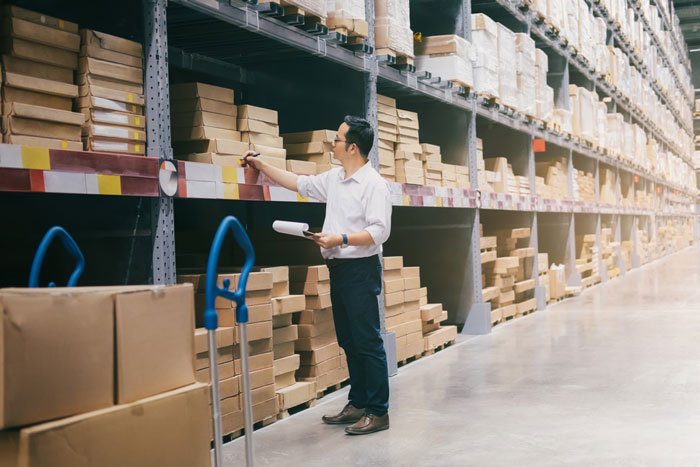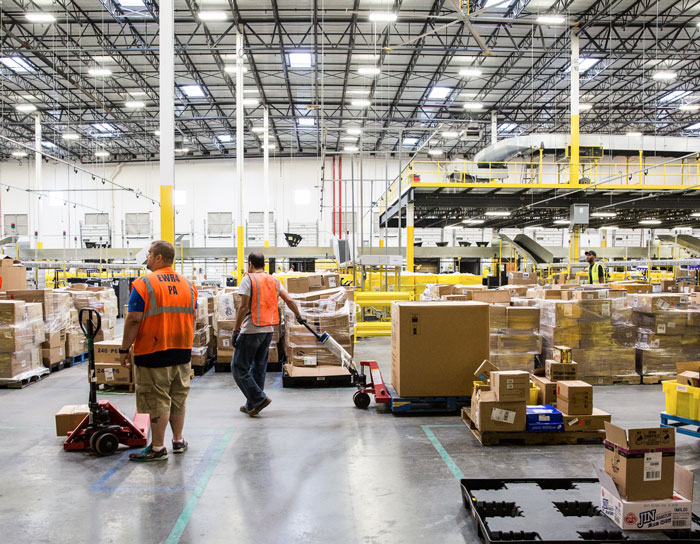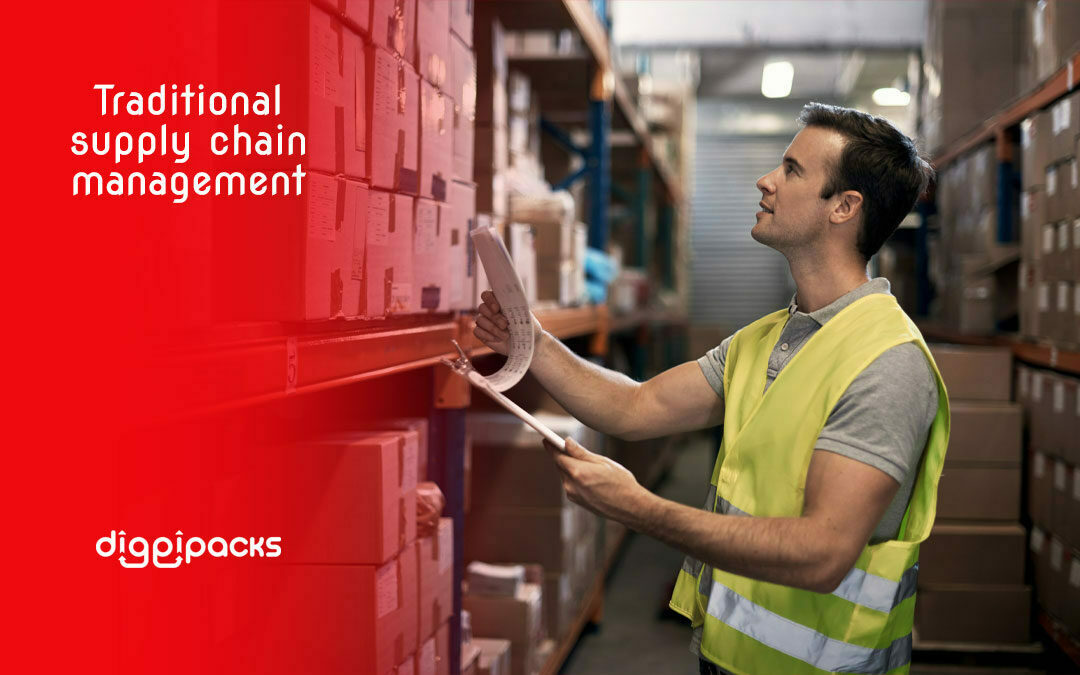The concept of traditional supply chain is an old concept that has developed over the years with the difference and development of the surrounding environment and technology. Supply chain management has become indispensable due to continuous innovation in technology and rapidly changing customer expectations. The success and competitiveness of organizations has become dependent on effective supply chain management that is compatible with the ever-changing environment and technology. In this article, we will show you what the traditional supply chain is, the difference between it and modern supply chains, as well as the most important stages it goes through.
Definition of Traditional Supply Chain Management

Traditional supply chain management means designing, planning, implementing and controlling supply chain activities with the objective of achieving net value and building a competitive infrastructure.
This is in a way that ensures the exploitation of global logistics services, synchronizing supply with demand, and measuring performance globally.
Managing a traditional supply chain involves coordinating and cooperating with channel partners, who can be suppliers, intermediaries, third-party service providers and customers.
In essence, traditional supply chain management integrates the management of supply and demand within and across companies to help them compete in business.
get to know : Warehouse Expansion Decision-Making and Tips for Success
What is the difference between traditional and modern supply chain?
In fact, there is a big difference between traditional supply chain and modern supply chain, especially since the traditional methods mainly focus on the production process while dealing with the problems completely manually.
In contrast to modern methods of supply chain management, the modern supply chain relies primarily on the use of real-time data as well as sales metrics to predict which products will be in demand.
This is done through the use of automated systems and technological insights that help in better meeting customer needs, and thus making appropriate decisions.
Here are some points that explain to you in more detail the difference between traditional supply chain and modern supply chain:
Traditional supply chain
In the traditional supply chain the highest priority is for the production process so that huge quantities are manufactured and delivered to customers.
And that without relying on any of the modern technologies, which does not provide any amount of flexibility in work.
The modern supply chain
On the other hand, the modern supply chain uses real-time technology and data to meet the needs and expectations of consumers.
And that is by relying on modern tools that help in conducting operations smoothly and efficiently, which increases flexibility and work efficiency.
get to know : Cutting Down on Last Mile Delivery Cost
What are the stages of the traditional supply chain?

The traditional supply chain goes through a set of basic stages through which it processes business and customer orders. In the following, we will discuss the stages of the traditional supply chain in detail:
Stage 1 | Collection of raw materials
At that stage, all the raw materials required in the process of manufacturing and producing the final product are collected, and these raw materials may be composed of one element or a group of elements.
Stage 2 | Collection of material from the suppliers
The stage of Collection of material from the suppliers comes within the basic stages of the traditional supply chain.
Through which the required raw materials are obtained in the production or manufacturing process, through the appropriate suppliers.
Stage 3 | Manufacturing
At this stage, the products are manufactured, after identifying the raw materials required for work time, as well as collecting and obtaining them from suppliers.
In this process, more than one equipment may be used to finish the products and provide a final product suitable for direct distribution to customers.
Stage 4 | Distribution to the customers
It is part of the traditional supply chain, through which finished products that have been manufactured are distributed to customers or retailers.
Stage 5 | Consumption by the end customers
It is the last stage in that process in which the finished products are purchased from the manufacturer either by end customers or retailers.
